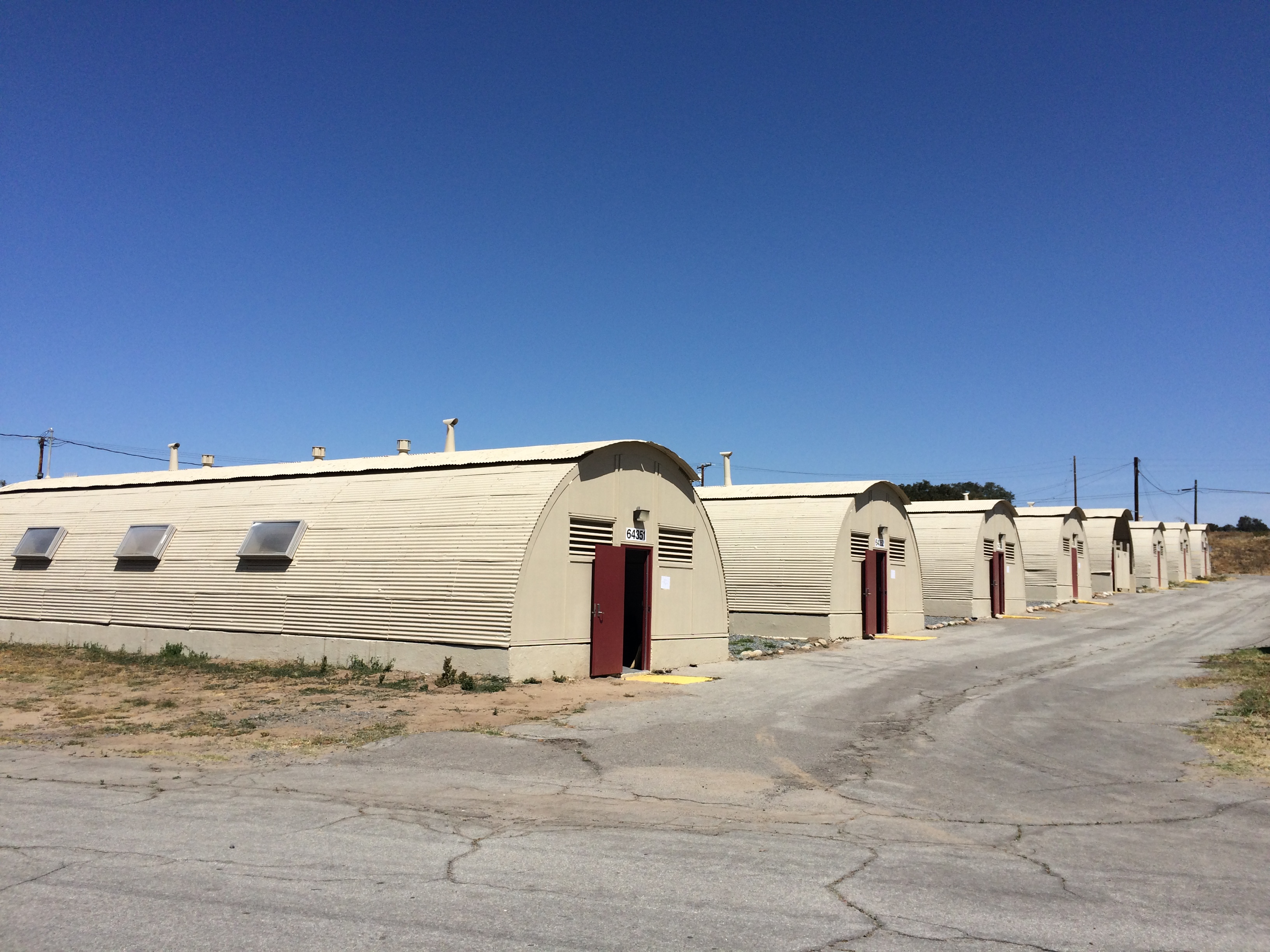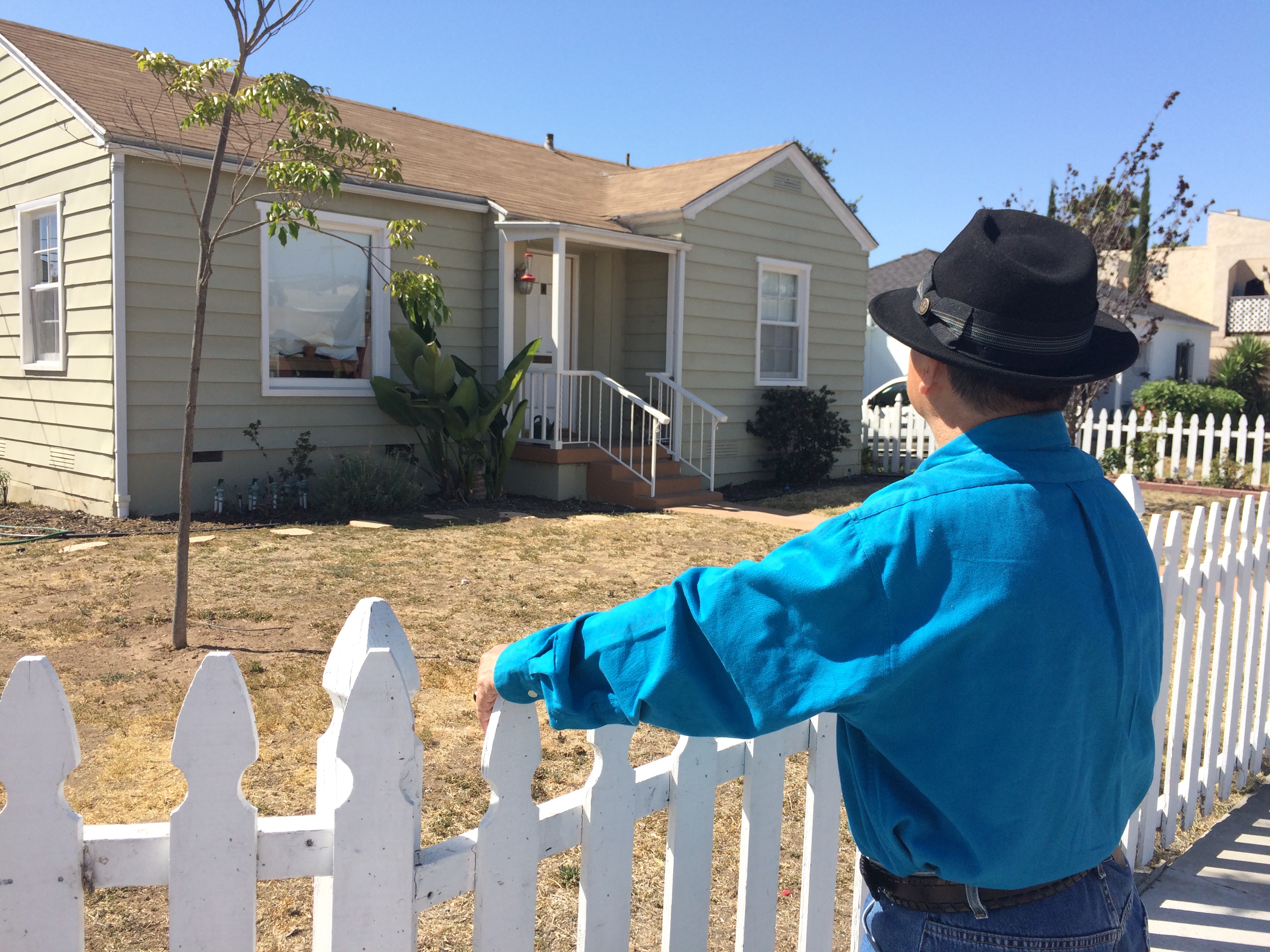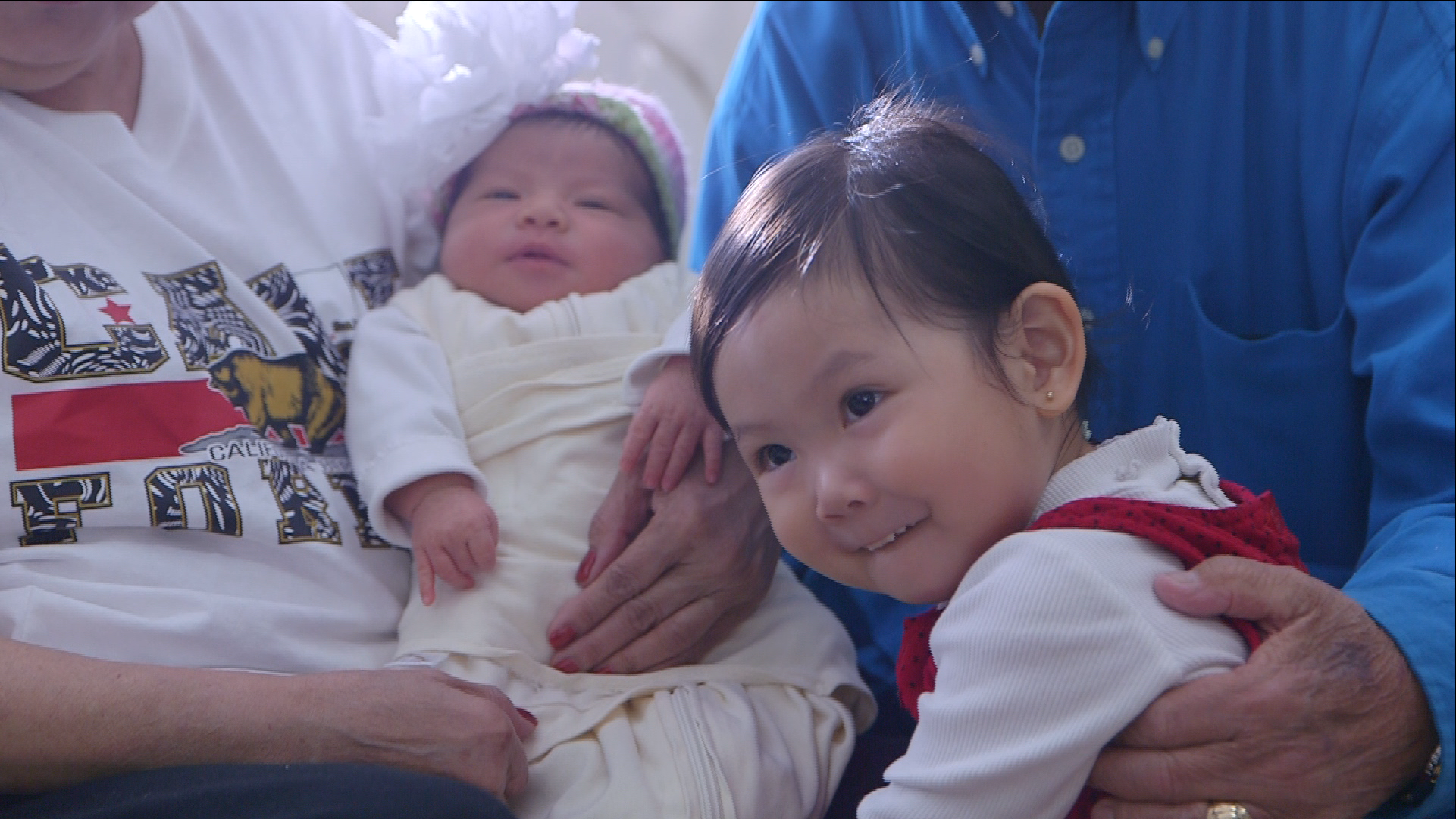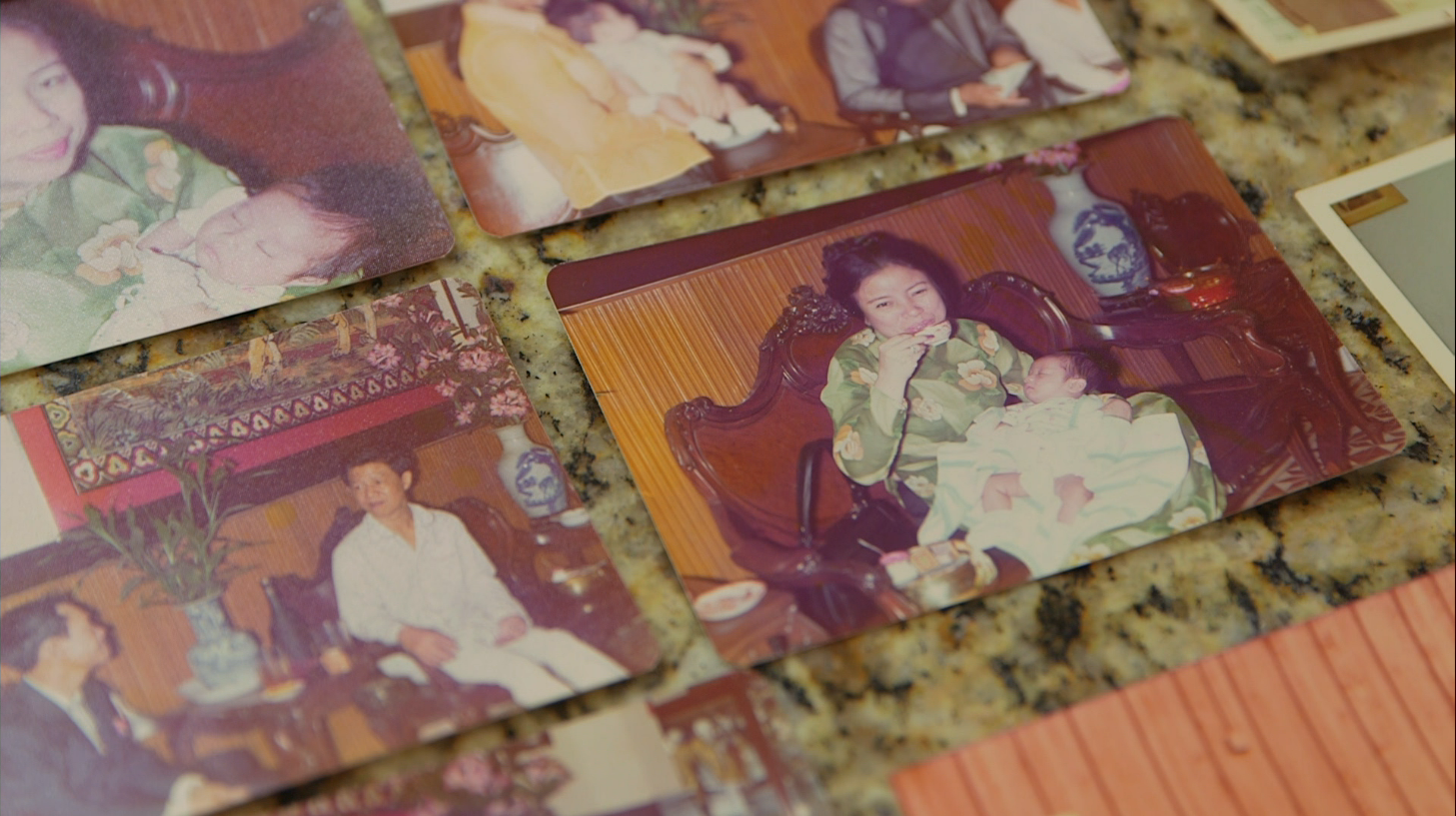Some 50,000 Vietnamese refugees passed through Camp Pendleton in the months following the fall of Saigon. The size and duration of the crisis caused a shift in the way the United States approached resettlement, and paved the path for Burmese, East African and Iraqi refugees arriving in San Diego today. Media Arts Center videographer Brian Myers contributed to this video. | Video Credit: Nicholas McVicker, KPBS
By Megan Burks
Families in cars stacked with surfboards cruise into the San Mateo Campground on the southern edge of Orange County. Warm weather and clear skies beckon them for a weekend of beach camping.
But drive inland for another four miles and there’s an entirely different kind of camp.
Tidy rows of Quonsets — barrel-shaped bunkrooms made of corrugated metal — make up Camp Talega.
In April 1975, the first thousand Vietnamese refugees out of Saigon flew into the El Toro Marine Corps Base in Orange County and were then bused here.
“It was very bustling. There was activity all the time like a city,” said Bob Montgomery, who retired as head of the San Diego International Rescue Committee office in March. He served in Vietnam and later volunteered at the refugee camp.
Troops had just 24 hours to set up for the first arrivals, and then six days to raise another seven mini cities on the base. When they ran out of Quonsets, they pulled World War II tents out of storage and erected those, said base historian Faye Jonason.
Over six months, some 50,000 Vietnamese refugees passed through Camp Pendleton. They stayed an average of three months before American families took them in or helped them strike out on their own.

Quonsets on Marine Corps Base Camp Pendleton now house reservists, April 9, 2015. In 1975, they housed the first 1,000 Vietnamese refugees out of Saigon. | Photo Credit: Megan Burks
One of those families was the Nguyens.
“The apartment here at 4212 Altadena Ave. is the first apartment that our family — about 32 people — stayed in,” said Quan Nguyen, 40.
He’s pointing at a 1960s apartment building where Spanish-language music wafts from a maintenance worker’s boom box.
Nguyen was five months old when his parents and extended family left the tents and Quonsets on Camp Pendleton and moved into the two-bedroom apartment in the City Heights neighborhood of San Diego.
Nguyen’s parents giggle at the thought of so many people in that tiny place. But Nguyen’s dad, Harry Hien Duc Nguyen, is unfailingly grateful, no matter how much a reporter prods for tension.
“At that time we’re refugees in America,” said Harry Nguyen, 62. “At least we have a place that’s nice and clean to live at that time, at least we have food to eat at that time. So everybody, no complaints.”
 On April 8, 2015, Harry Hien Duc Nguyen peers at the first home he bought in the United States. | Photo Credit: Megan Burks |
Eventually, Harry Nguyen bought his first house just a block away. Back then, the Nguyen’s were the only Vietnamese family on the street.
Today, people call the neighborhood’s main drag “Little Saigon.” It’s a cultural mash up where Somali women in headscarves and Burmese women holding parasols stroll past Vietnamese supermarkets and Pagoda-style strip malls.
The IRC’s Montgomery said the fall of Saigon built the City Heights of today.
“Because of the services that grew up around the refugees that came out of Camp Pendleton, it was a good place to send people,” Montgomery said. “We had established services, there were religious institutions, and of course most importantly, existing communities where they would feel most comfortable.”
Nearly 45 percent of City Heights residents are foreign-born, and last year Montgomery’s office resettled more than 900 refugees.
He said long-term instability in southeast Asia following the Vietnam War kept resettlement agencies like the International Rescue Committee mobilized for years. And it inspired the 1980 Refugee Act, which moved the United States from one-off emergency assistance to the permanent State Department programs that funnel refugees into City Heights today.
Montgomery said the Iraqi and Burmese people arriving today have a clear path ahead of them thanks to the Vietnamese who came in the 1970s. They found their way, opened businesses and prioritized education for their kids.
Harry Nguyen said he didn’t have any other choice. He was an intelligence officer in the South Vietnam military and couldn’t go back.
“At that time I say, ‘This is my country now.’ I didn’t think anything of Vietnam at that time because at that time it’s collapsed already and under Communism,” Harry Nguyen said. “So my mind not over there, over here. And everything I concentrate here and take care of family, take care of children, I go to work, and we have a beautiful life here.”

Quan Nguyen’s daughters, 23-month-old Emma and 8-day-old Elizabeth, are seated with grandparents Harry and Tammy, April 8, 2015. | Photo Credit: Nicholas McVicker, KPBS
The family now lives in son Quan’s ample suburban home about 20 minutes north of City Heights in Rancho Peñasquitos. The distance isn’t far, but it’s a long way from their cramped first apartment.
 Photos show the Nguyen’s Lunar New Year celebration in February 1975. Two months later, they would flee Saigon on a Navy ship. In the center photo, newborn Quan is pictured with his grandmother. CLICK HERE TO SEE MORE FAMILY PHOTOS. | Photo Credit: Nicholas McVicker, KPBS |
With family photos sprawled across his expansive kitchen island, son Quan Nguyen revisits his journey from Saigon to Camp Pendleton to City Heights. He said his family’s success doesn’t mean it’s done forging a path for the refugees behind it.
The pharmacist and father of two said the Vietnamese community is just beginning to realize a full civic life here.
Last year, voters in Orange County elected for the first time a Vietnamese-American to the California State Senate. And after working on Carl DeMaio’s campaign for the 52nd Congressional District, his sister Jacqui Nguyen recently took a job with the California Republican Party reaching out to Asian-American voters full time.
San Diego has yet to elect a Vietnamese council member.
